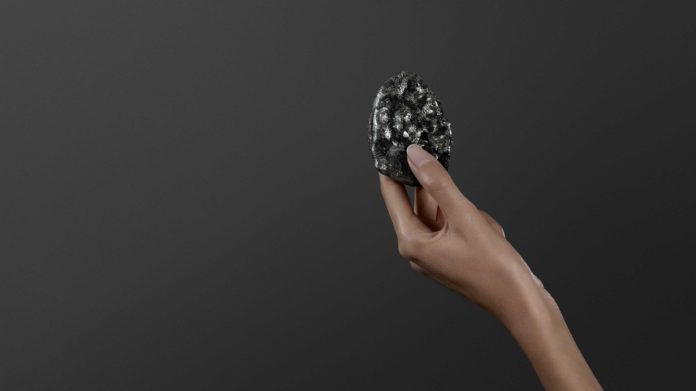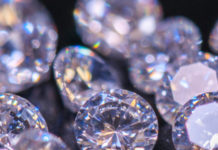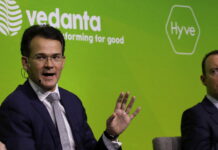
THE second half of Lucara Diamond Corporation’s financial year ought to be an interesting watch, especially on the sales front for two reasons.
First is how the Toronto-listed company intends to extract value from the 1,758 carat Sewelô diamond discovered in April 2019 from the company’s Karowe diamond mine in Botswana. The diamond is currently being toured in China by Lucara’s marketing partners HB Group and Louis Vuitton, the French fashion house.
The second issue is whether Lucara’s bespoke online auction blockchain platform ‘Clara’ can attract third party rough diamond supply.
On the latter issue, Lucara Diamond president and CEO, Eira Thomas, says it’s a challenge getting supply commitments in the current market, which is buoyant.
Having withstood the effects of Covid-19 disruption last year, which prolonged a diamond market slump, producers are now generally enjoying the benefits of good pricing again.
Thomas says producers are reticent to make long-term commitments to Clara; at least for now. “But when the market stabilises, we will get some tension into the discussion,” she said in response to questions during the presentation of the firm’s second quarter and interim numbers on Wednesday.
As for Sewelô, Thomas has that while there’s good material to be extracted from the stone, its long-term value may be the impetus it provides the recently extended marketing agreement with HB Group, a trading company based in Antwerp. In this regard, Thomas describes the stone’s role as “ambassadorial”.
In terms of the extended marketing agreement, Lucara exclusively provides diamonds larger than ten carats in return for upfront cash. This is then followed by a ‘true-up’ if the price fetched in the polished market is higher than imputed in the initial rough sale.
An analyst asked if Lucara’s projected revenue for the year – of between $180m to $220m – had factored in the full value of diamonds supplied to HB Group during the first year of the agreement. Average pricing received, especially in the second quarter, suggests Lucara’s revenue projection is a conservative one.
Zara Boldt, Lucara’s CFO, said it was probably “imprudent” to upgrade the revenue expectation right now. As it happened, average prices reflected current production rather than stockpiled material with HB Group during the Covid-19 disruption, most of which had been cleared.
Karowe underground extension
Earlier on Tuesday, Lucara Diamond said it would spend $120m this year on the underground extension of Karowe mine after raising its guidance on project capital expenditure 4% to $534m.
Commenting on the second quarter and interim numbers, the company also announced the project would operate at 75% of capacity about 1.3 years later than set down in the 2019 feasibility study. This was owing to Covid-19 related delays.
During the six month period, project financing debt of $220m was finalised with a syndicate of five banks. The package includes a $170m project finance facility and a $50m working capital facility to support ongoing production at Karowe.
Lucara Diamond previously raised C$41.4m for the project after issuing shares.
Lucara Diamond ended the first half of its 2021 financial year in far better shape than in 2020, reporting net income of $9.4m for the period ended June 30.
This compares to a $17.1m loss last year amid the Covid-19 pandemic which saw production volumes fall while sales of Lucara’s large diamonds were suspended owing to poor market conditions. Lucara Diamond’s 2021 interim basic share earnings were $0.02 cents/share compared to a loss of $0.04c/share previously.
Interim revenue of $99.4m was nearly double the $41.6m in the six month period last year. Karowe is famous for yielding high-value stones.
Thomas said the diamond market had recovered strongly from last year. “The key dominant retail markets for diamonds in the US and China remain buoyant, and the market continues to be supported from lower supply from producers, and a pick up in capacity in the midstream in India,” said Thomas.










